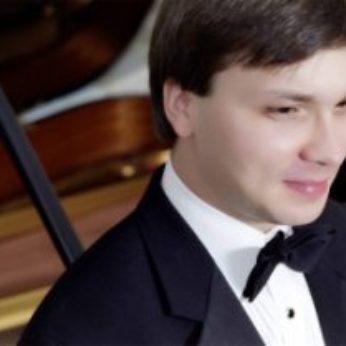Dearest friend, can’t we start a course of study again? To send one another contrapuntal things regularly, waltzes, variations, and any other stuff there is to do that might be useful? Indeed it’s also particularly good for my temperament, which otherwise gets nothing done because of my indolence and day-dreaming. Brahms to Joachim, September 1861, enclosing MS scores of Op.25 and 26.
The years after Schumann’s death from 1856 to 1862 saw Brahms gradually emerge from the traumatic years of his mentor’s illness and his passionate love for Clara. He returned to his life as a wandering bachelor composer-pianist – he did not have his own home until 1871 – and struggled to make a living, while fighting for recognition against hostile criticism.
The mighty opening movement gives the impression of a composer so bursting with music that he is unable to find space for it all. There are so many ideas linked together by a network of motives and keys and rhythms that it is not easy to find a path through such an expanse of colour and passionate declamation, while Brahms goes out of his way to confuse us with Haydn’s old trick of a false exposition repeat. The second subject is particularly striking first sung by the cello in D minor before a dramatic shift to the major key and molto espressivo. The development when it finally arrives is a very tight but energetic working of a phrase from the first subject group. This leads back to a rearranged and greatly extended recapitulation, which gives us another chance to hear yet another gorgeous version of the inspired second subject. The coda gives us an expressive précis of the power and lyricism of the work so far before fading out in doubt and disquiet.
The Intermezzo is a delicate and subdued interlude based on the Clara motif, but without the usual drama surrounding her appearance in his music. The Trio is brighter with a rippling piano part but with the same rhythmic feel as the main section so the two flow together as one. The Andante con moto is another big movement expansively set in motion by the richly romantic theme. Thankfully Brahms gives this magnificent music plenty of space and we get to hear several scorings before a march rhythm begins to intrude. This takes us into the central animato section full of martial ceremony, where you can almost hear the trumpets and drums. The reprise of the opening section shows Brahms at his most romantically inventive as he builds up his theme stage by stage exploring on the way all its harmonic, lyrical and heart-rending possibilities.
Early in his career Brahms had learnt from the Hungarian violinists Reményi and Joachim the spectacular effect of gypsy music. Here he puts that knowledge to such brilliant effect that Joachim exclaimed that he had beaten him at his own game. This breathless, pounding, irresistible movement breaks once and for all Brahms’ uncertainty about finales. The whirlwind coda, complete with a torrential cadenza for Brahms’ own instrument, sums it all up in a glorious flourish.
This work was Brahms’ Vienna debut; and the occasion of its first run-through with Josef Hellmesberger, the hard-bitten professional concertmaster of the Vienna Philharmonic, led to one of the great Vienna stories about Brahms. The rehearsal took place in the house where Mozart composed Figaro, where Haydn said to Leopold Mozart, Before God and as an honest man, your son is the greatest composer I have ever known or heard of; where Mozart said of the young Beethoven, Some day the world is going to hear something from that one. And in this historic venue after the breathless conclusion of the rondo alla Zingarese the tough old violinist threw his arms around Brahms and theatrically proclaimed, This is the heir of Beethoven!
